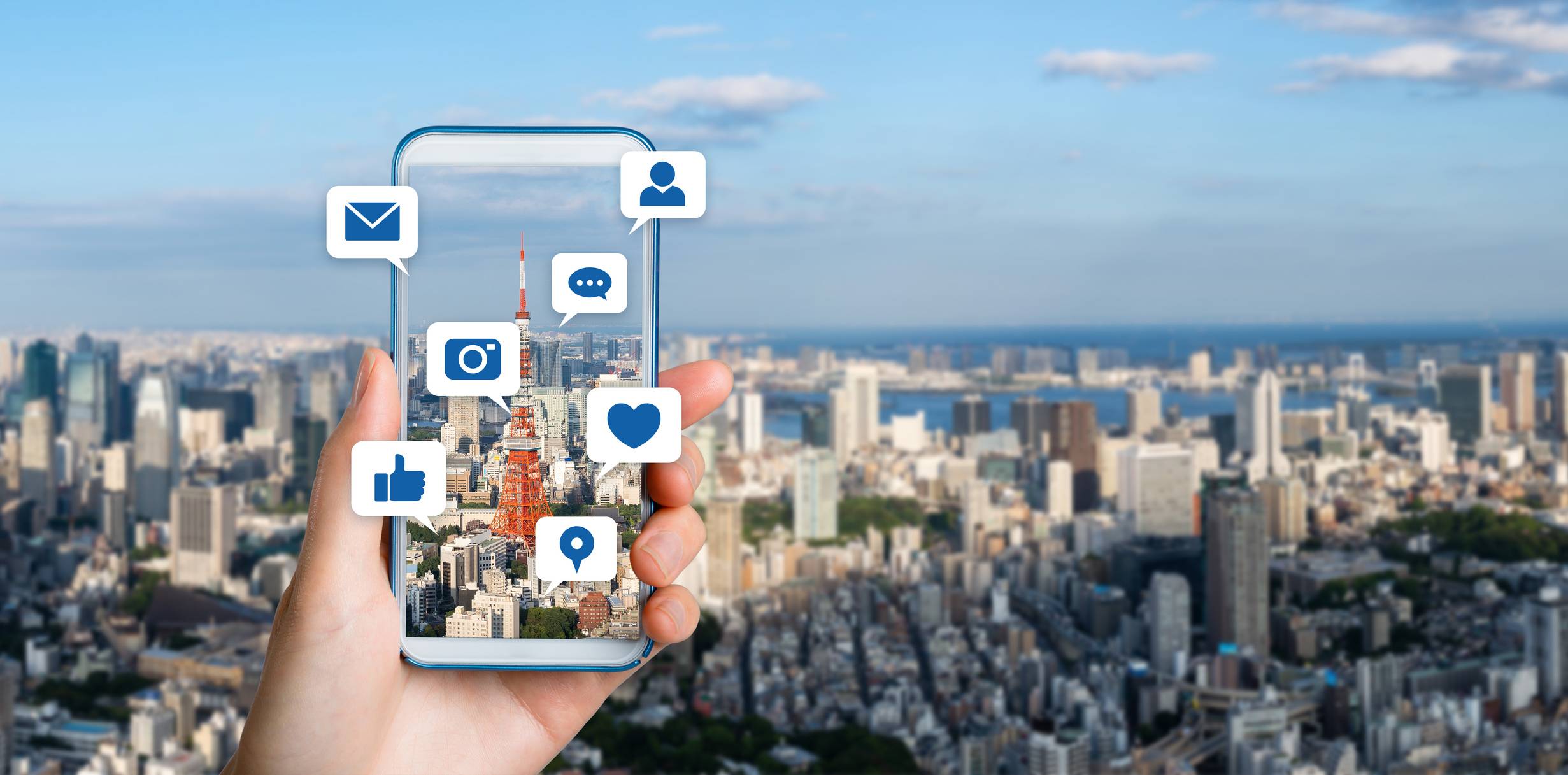"Turn imagination into reality ... Japan awaits."
While leafing through stories on Instagram, I stumbled upon these six words written at the top of an ad from All Nippon Airways.
In recent weeks, the ad has appeared repeatedly on my feed with different images: a bento box on an airplane tray table, a woman looking at a drawing of a person wearing a kimono at the foot of a bamboo forest. Yet, each iteration — mashups of photographs and illustrations — includes the slogan, and advertises travel to Japan, now possible for tourists from last week, after more than 2½ years of varying levels of restrictions.
















With your current subscription plan you can comment on stories. However, before writing your first comment, please create a display name in the Profile section of your subscriber account page.